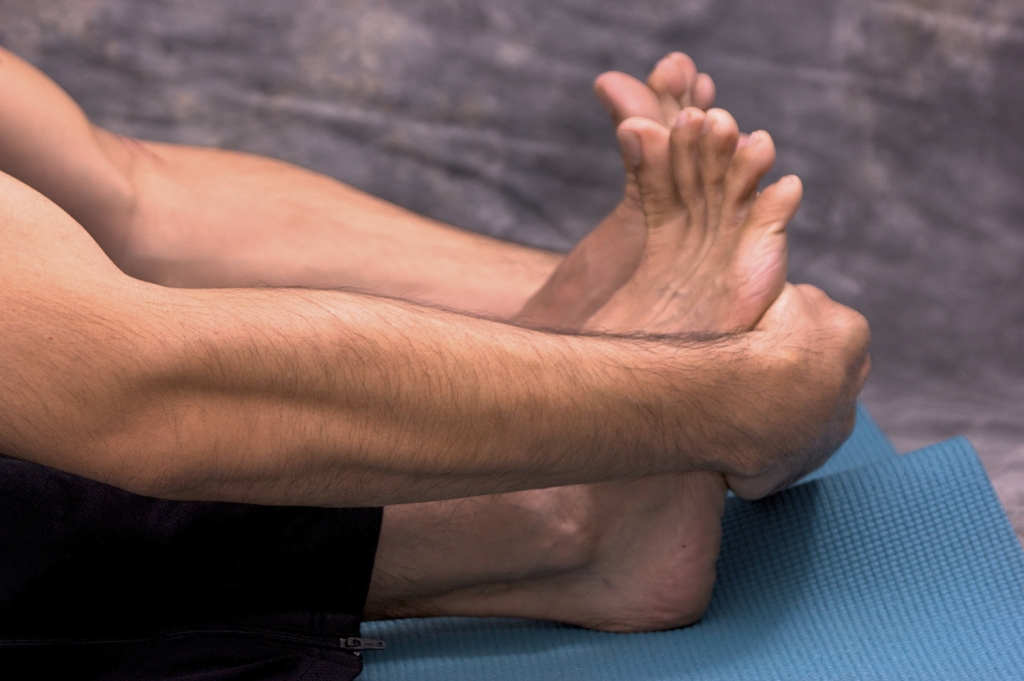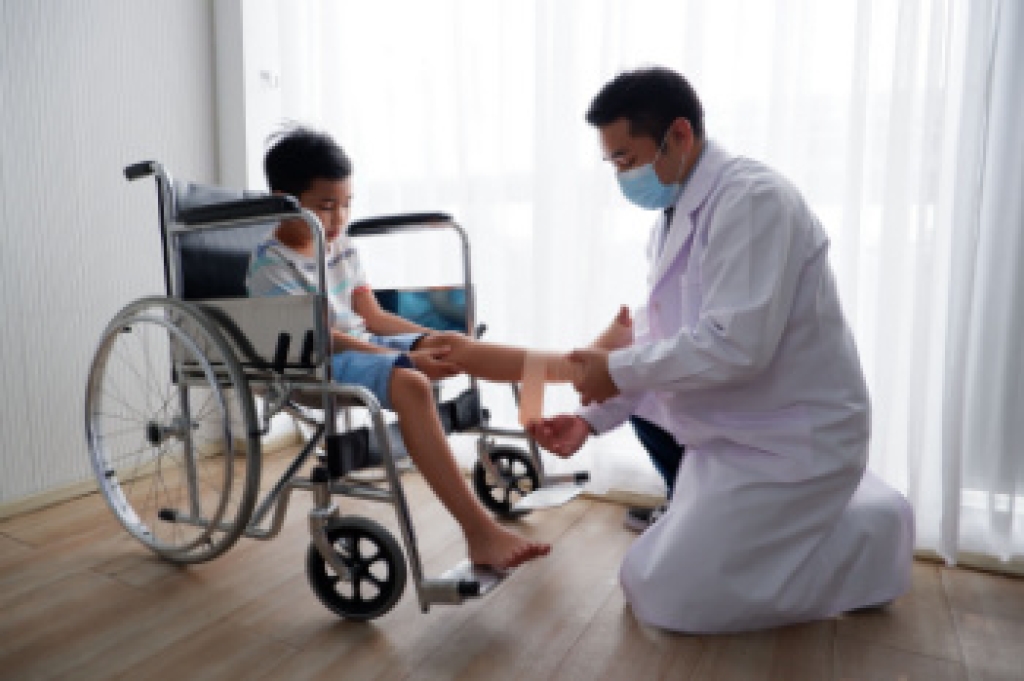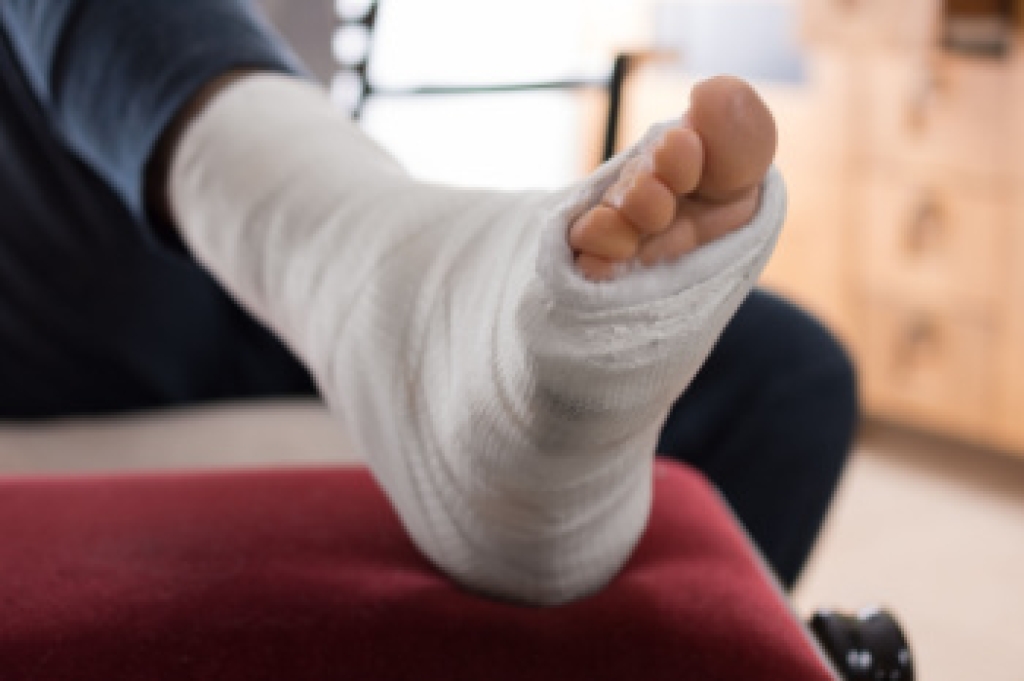
Exercises for ankle pain can promote healing, improve mobility, and restore strength when performed carefully and consistently. Being aware of pain during activity is important, as pushing through discomfort can worsen the condition. Experts recommend starting with light stretches and range of motion exercises, then progressing gradually as strength improves. Choosing the right intensity helps avoid strain and supports long-term recovery. Strengthening surrounding muscles and improving balance can also reduce the risk of future injuries. A podiatrist can assess your ankle, provide guidance on safe exercises, and create a personalized plan tailored to your needs. If you have ankle pain, it is suggested that you schedule a visit with a podiatrist to support your recovery and long-term foot health.
Exercising your feet regularly with the proper foot wear is a great way to prevent injuries and build strength. If you have any concerns about your feet, contact one of our podiatrists from Graff Foot, Ankle and Wound Care. Our doctors can provide the care you need to keep you pain-free and on your feet.
Exercise for Your Feet
Exercise for your feet can help you gain strength, mobility and flexibility in your feet. They say that strengthening your feet can be just as rewarding as strengthening another part of the body. Your feet are very important, and we often forget about them in our daily tasks. But it is because of our feet that are we able to get going and do what we need to. For those of us fortunate enough to not have any foot problems, it is an important gesture to take care of them to ensure good health in the long run.
Some foot health exercises can include ankle pumps, tip-toeing, toe rises, lifting off the floor doing reps and sets, and flexing the toes. It is best to speak with Our doctors to determine an appropriate regimen for your needs. Everyone’s needs and bodies are different, and the activities required to maintain strength in the feet vary from individual to individual.
Once you get into a routine of doing regular exercise, you may notice a difference in your feet and how strong they may become.
If you have any questions, please feel free to contact our offices located in Plano, Dallas, Prosper, Allen, Garland, Frisco, and Coppell, TX . We offer the newest diagnostic and treatment technologies for all your foot care needs.




